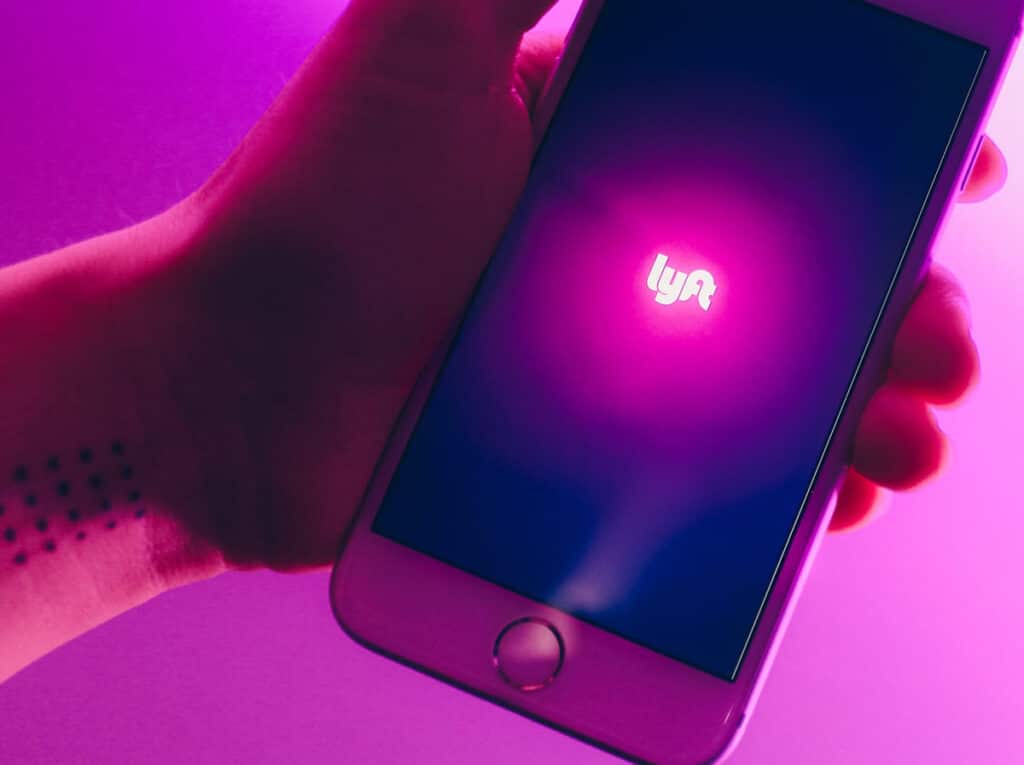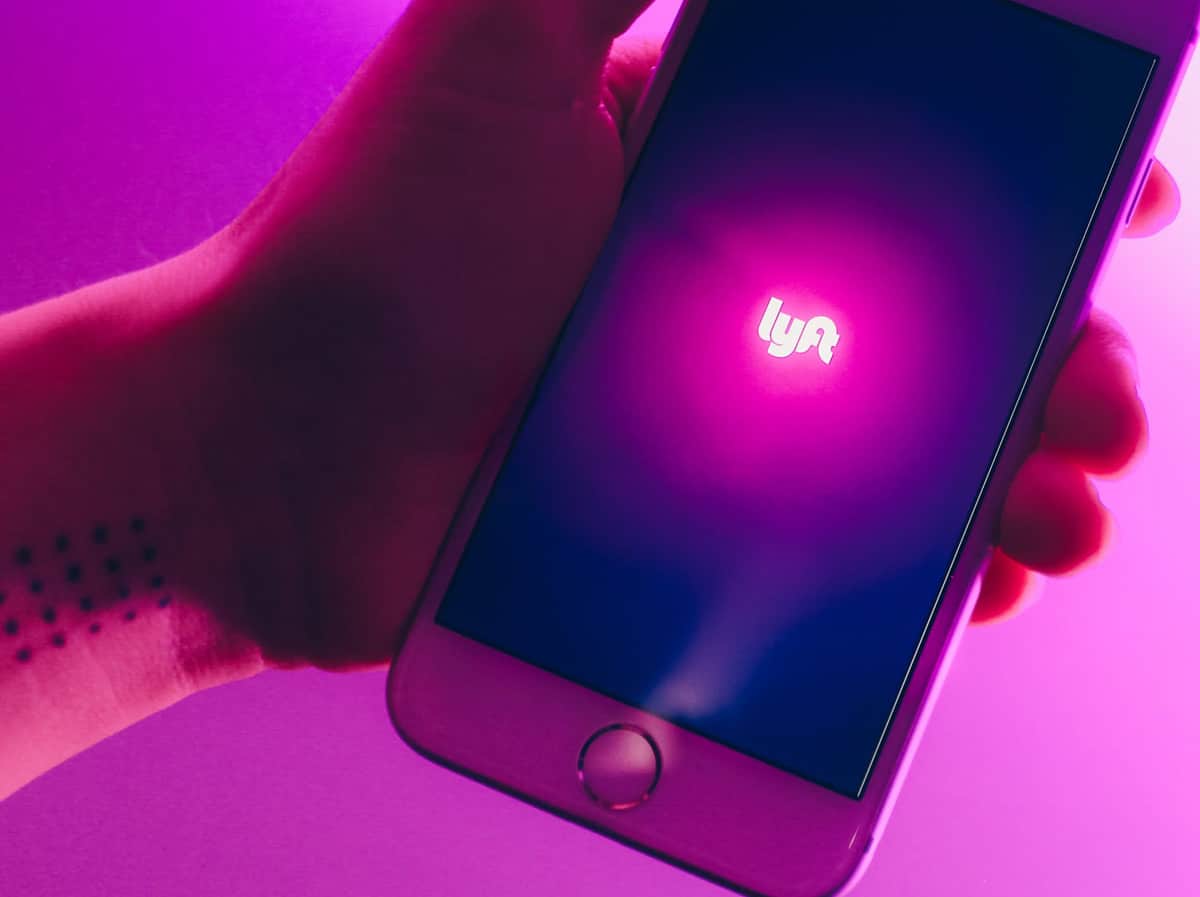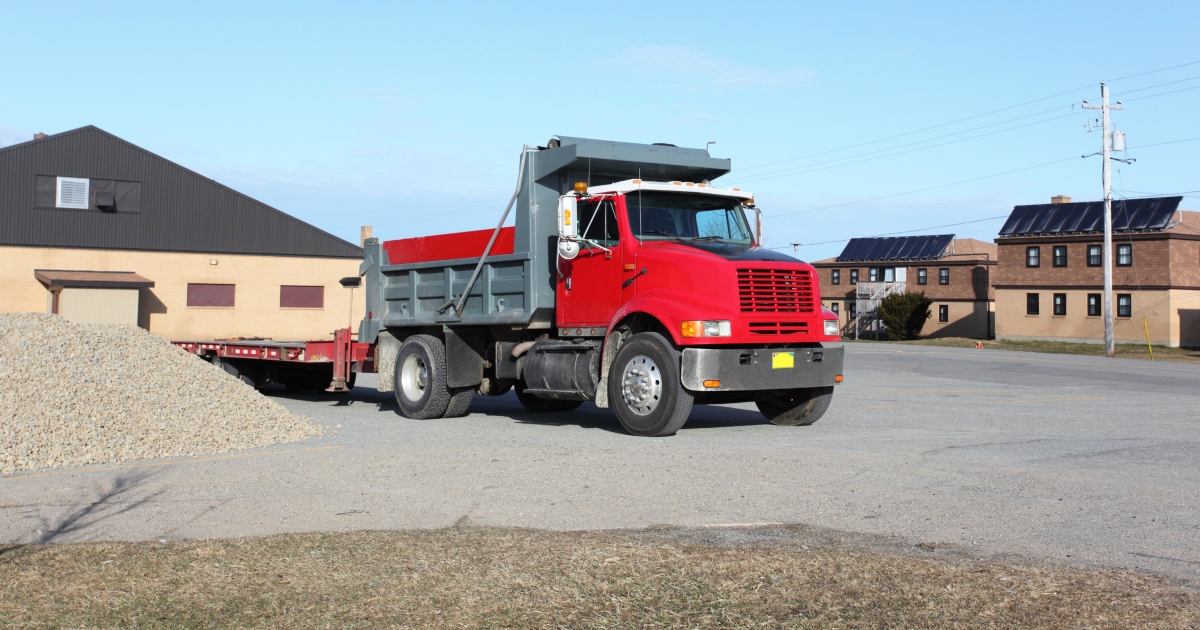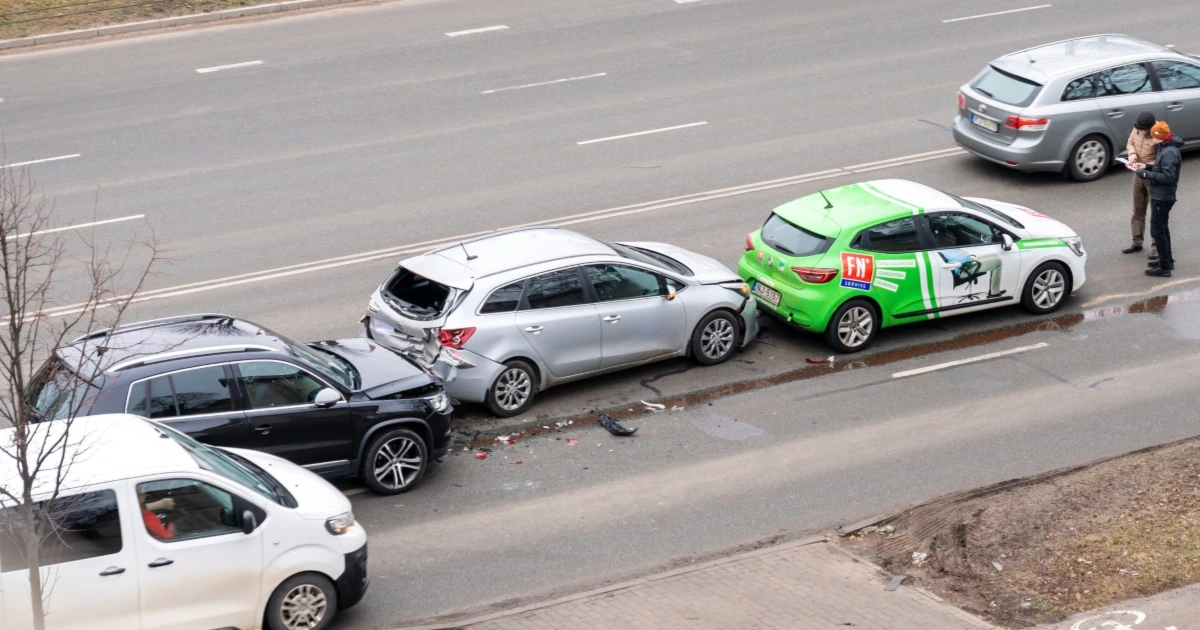Uber and Lyft Safety, Ride Share Injury Explained

The ride share concept has grown in leaps and bounds across United States cities. Companies like Uber and Lyft have upended the traditional taxi business model by allowing users to summon rides. The popularity of the ride share taxi model may be attributed to convenience and better pricing.
Despite the immense growth, there has been a concern over ride share safety and responsibility in ride share accident injuries. A study done by the University of Chicago indicates a 2-3% uptick in fatal accidents since the advent of ride-sharing. Here is information about ride share injury, causes, common injuries, and its dangers to riders.
Causes of Injury in Ride Share
Major causes of ride share accidents include:
- Distracted Driving
Majority of drivers on the road struggle with numerous distractions. Ride share drivers are no exception. They suffer more distractions as they juggle driving and glancing at the app for ride directions and new customers. This compromises ride share safety in a significant way.The statistics in early 2020 from the Ohio State Highway patrol indicate a staggering 1,200 distracted driving crashes, with 100 in Northwest Ohio. The crashes escalate daily, according to troopers from the Highway Patrol authority.
- Drowsy Driving
Driving a car while intoxicated with alcohol or drugs is a major cause of accidents nationwide. For ride share drivers, drowsy driving has an additional layer of liability. The long working hours can cause drivers to fall asleep behind the steering wheel. The consequence of this practice is an increase in accidents due to limited concentration on the road.Figures from the National Highway Traffic Safety Administration indicate an estimated 100,000 crashes reported to the police are caused by drowsy driving. A similar study by the AAA Foundation put the number of crashes at 328,000. The consequence of these crashes are numbing: 1,550 deaths and 71,000 injuries.
- Inexperienced Drivers
The increase in ride sharing model has increased the demand for drivers. The Lyft training protocols and Uber regulations are inadequate, with most training concentrating on the trade’s app usage and tricks.The driver inexperience is closely associated with endemic violation of traffic rules, which leads to further risk of accidents and injuries.
Most violations include:
- Wrong-way driving
- Illegal parking
- Failure to yield to pedestrians
- Failure to give way
- Sudden stopping
Other causes of accidents are:
- Speeding in the pursuit of new passengers
- Driver negligence
Common Injuries in Ride Share Accidents
Ride share accidents result in injuries of varying degree depending on the severity of crashes. Most injuries include:
- Neck injuries such as whiplash
- Head and brain injuries
- Bone fractures
- Respiratory problems
- Damage to the spine
- Sexual assault-related injuries from rape/attempted rape
In the worst-case scenario, victims of these injuries have lost their lives.
Bottom Line
Navigating ride share safety information and insurance issues is extremely difficult without the assistance of an experienced attorney. You should retain the services of an attorney to tackle the ride share and insurance companies.
An auto accident attorney brings on board legal knowledge and experience, increasing the likelihood of compensation. However, you must avoid signing any settlement documents beforehand as it may jeopardize future legal claims.
Comments are now closed




Comments